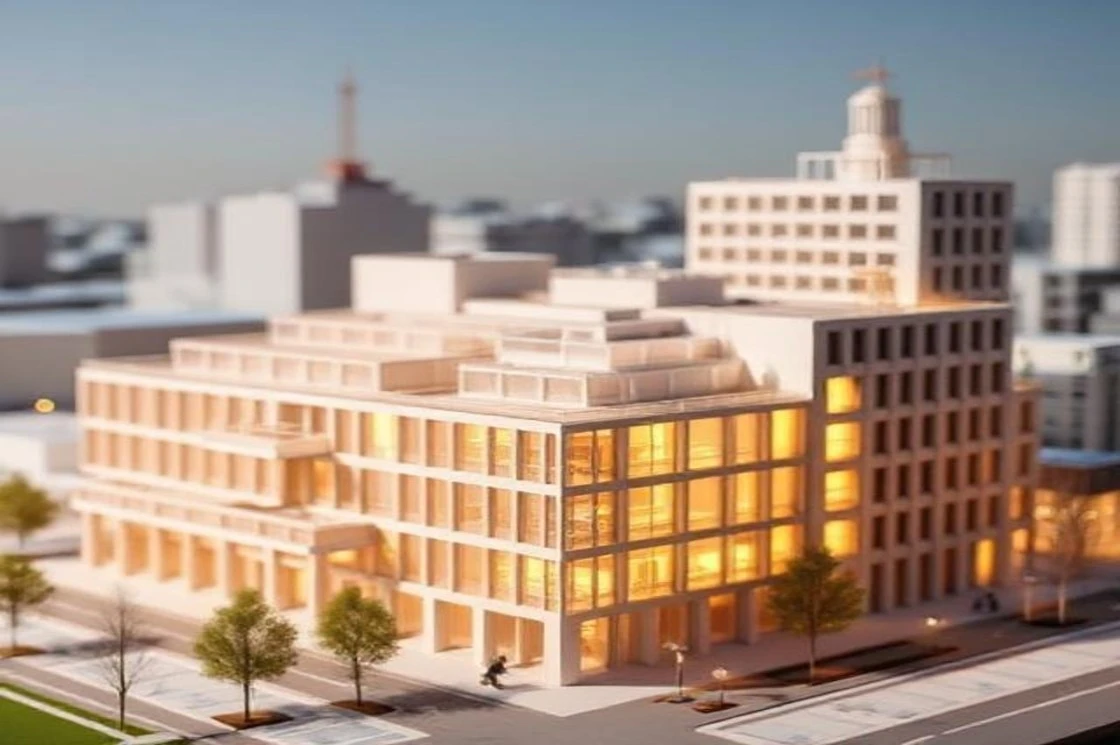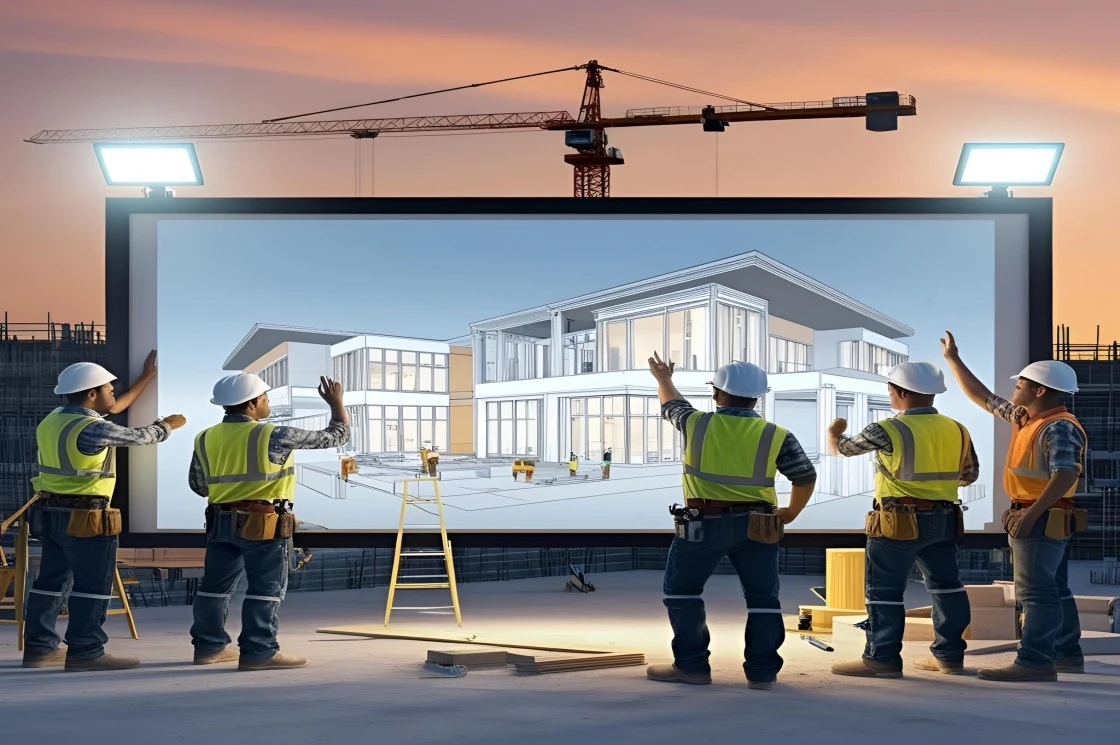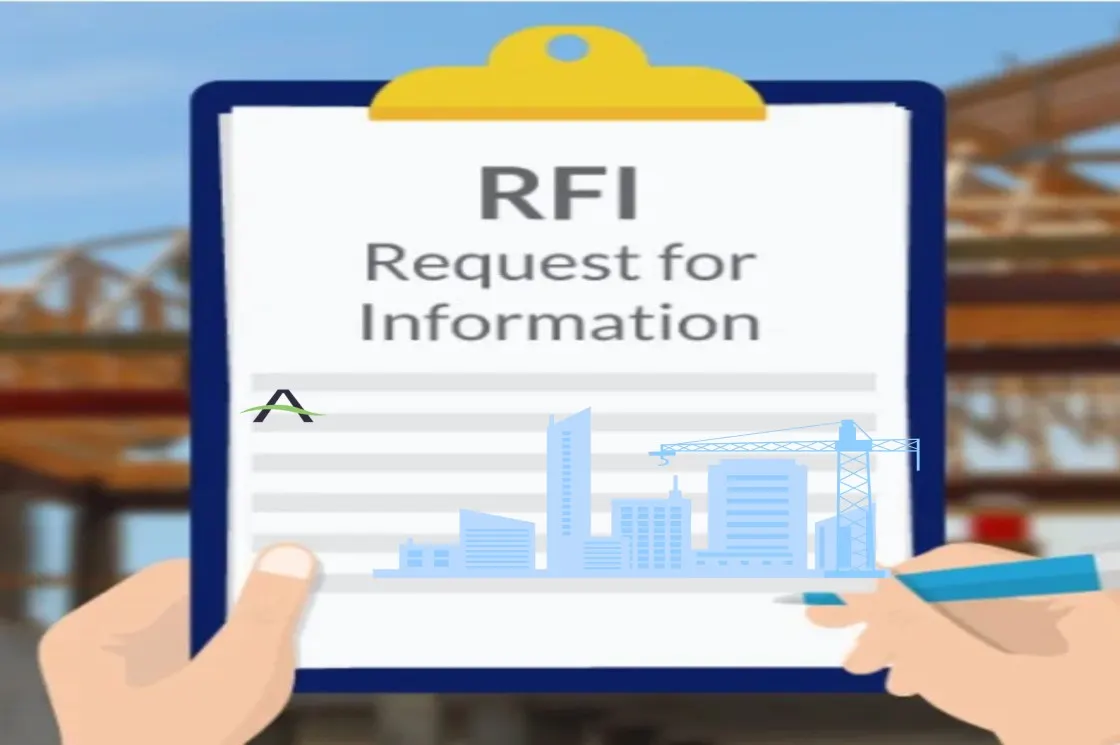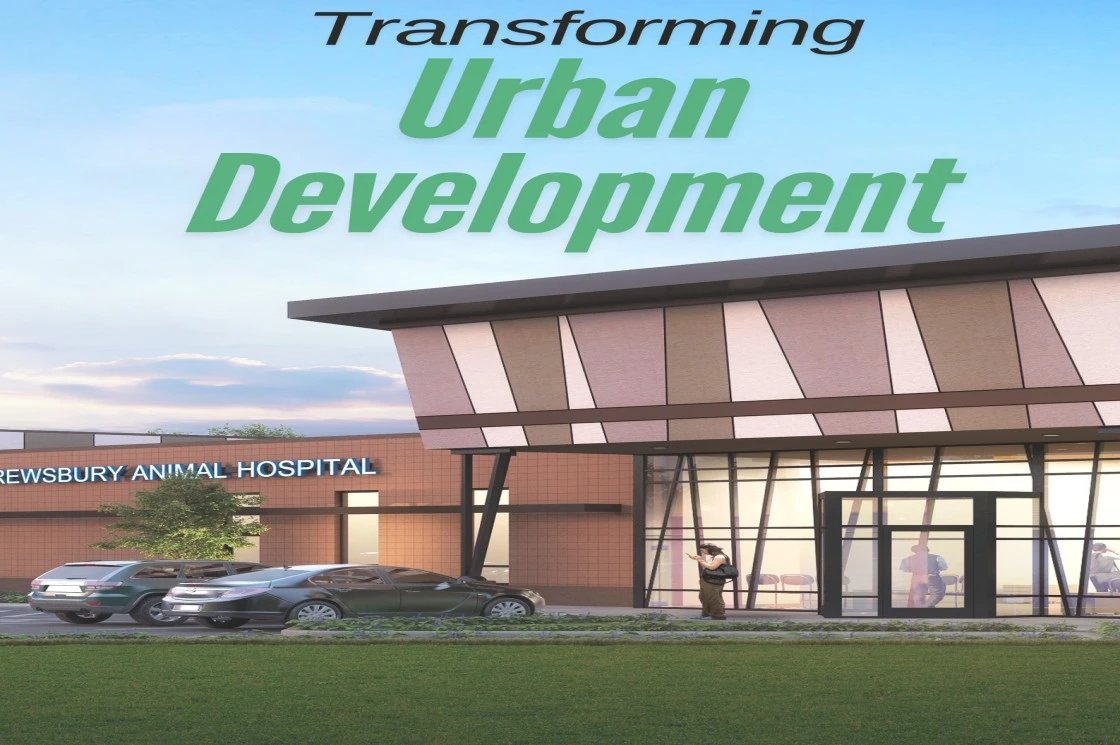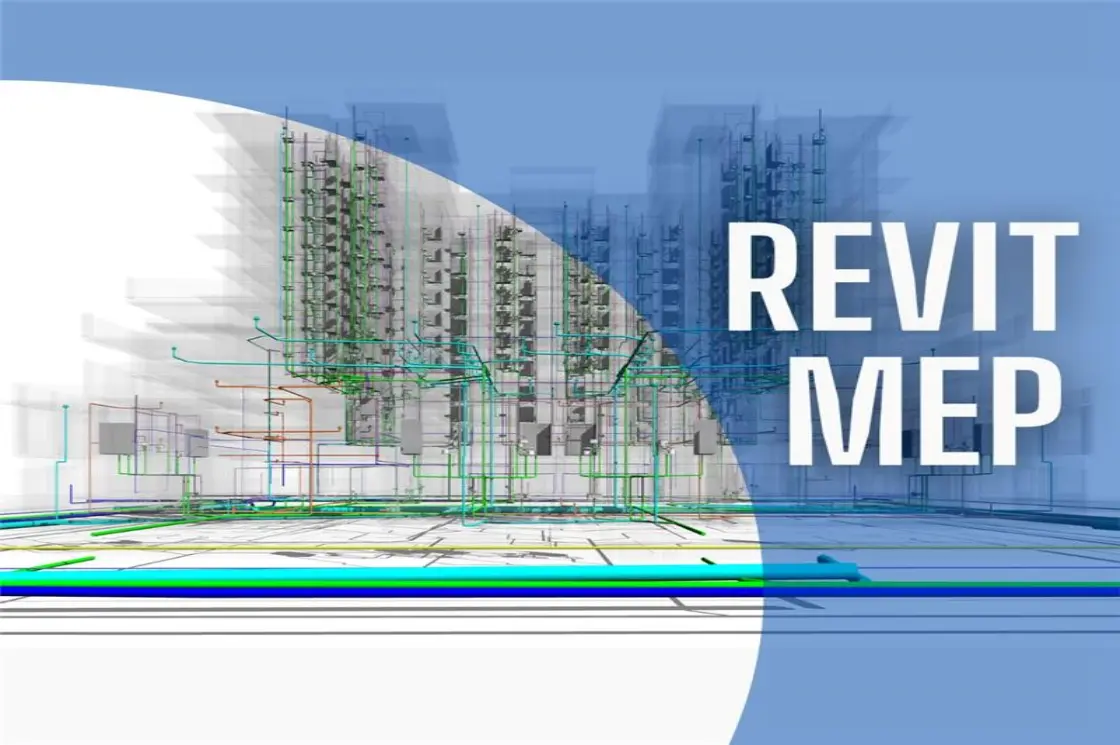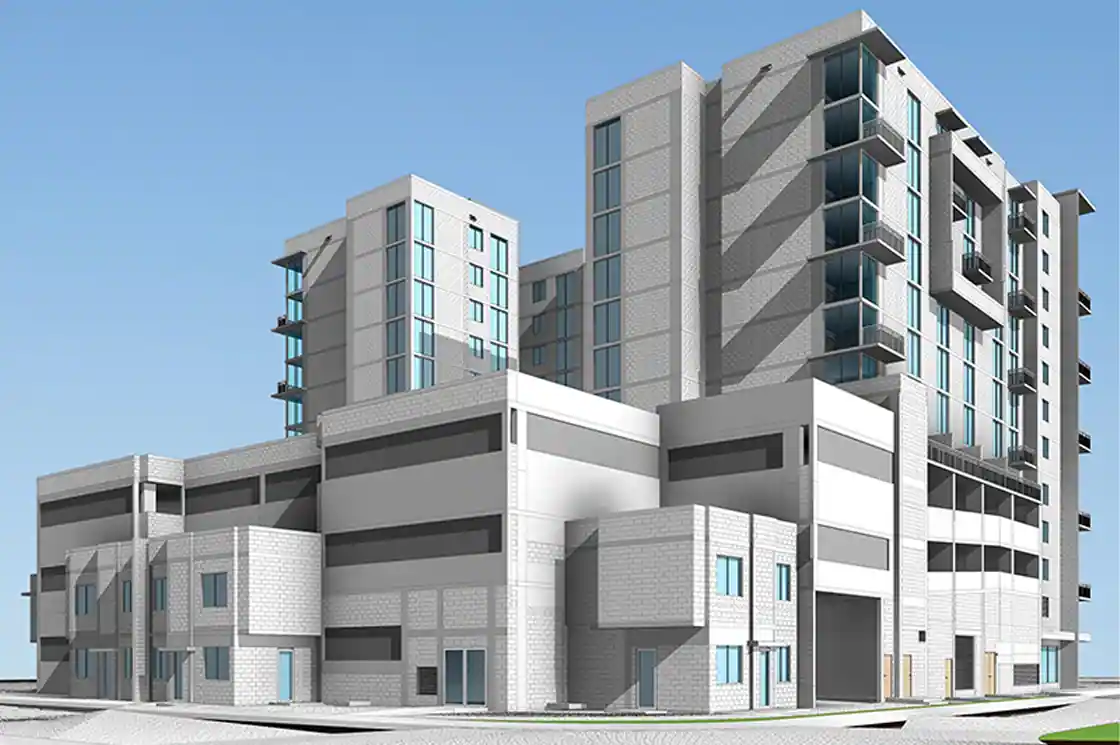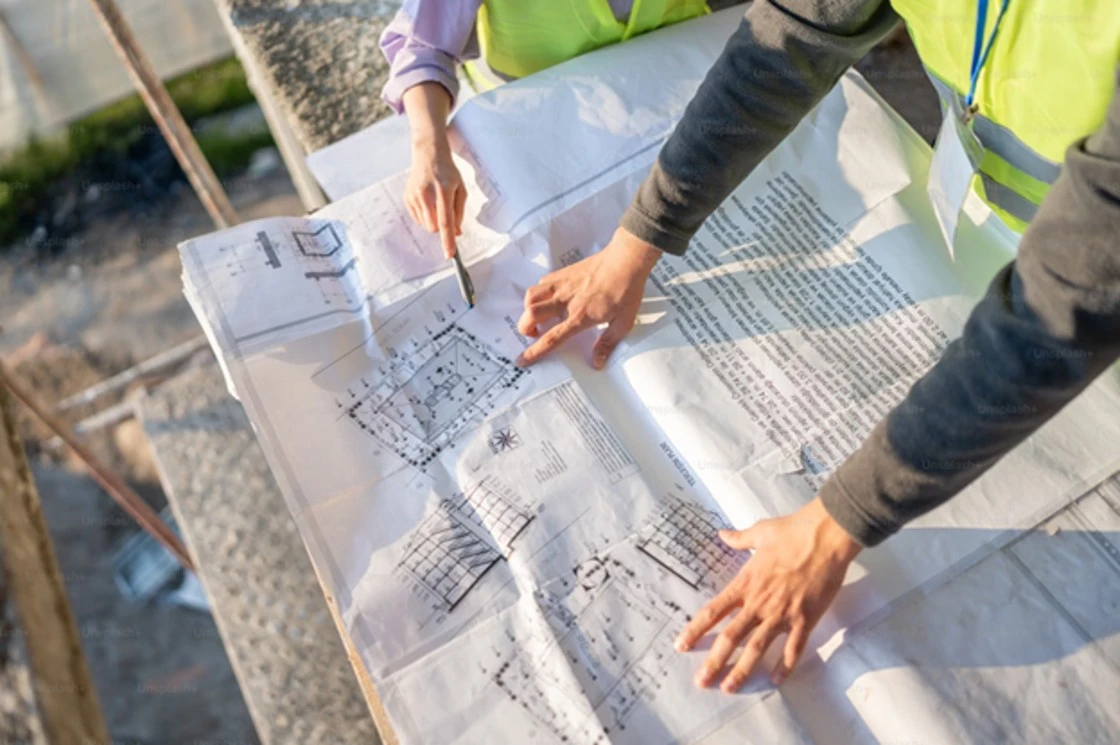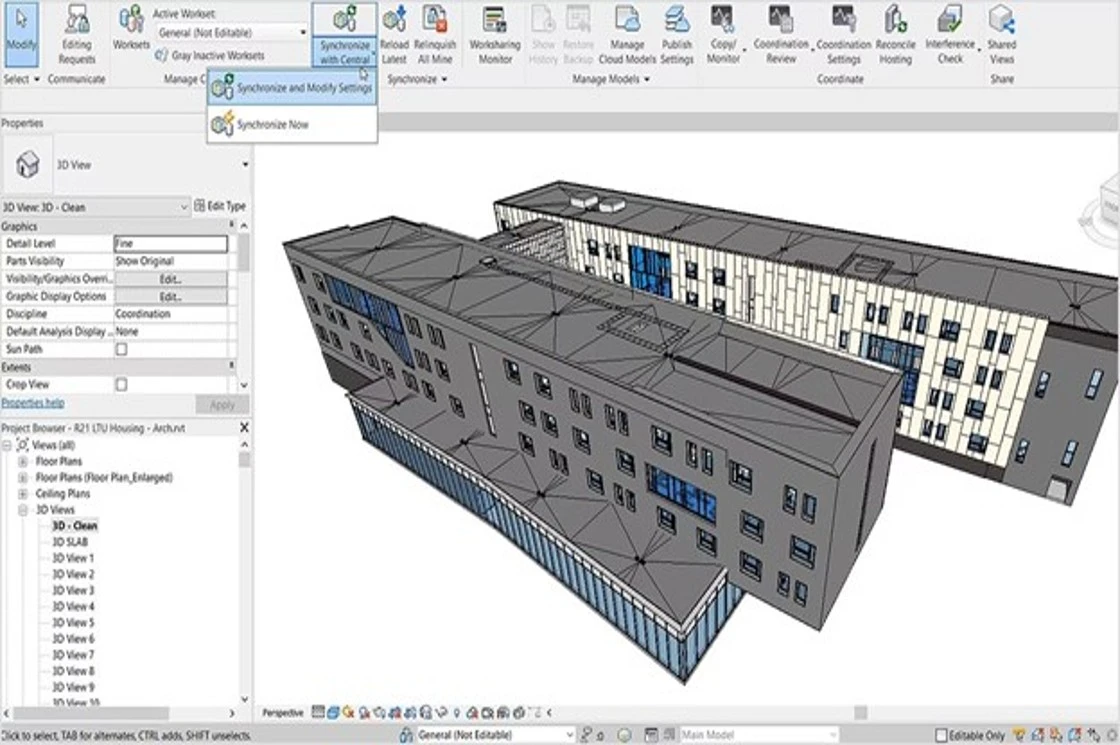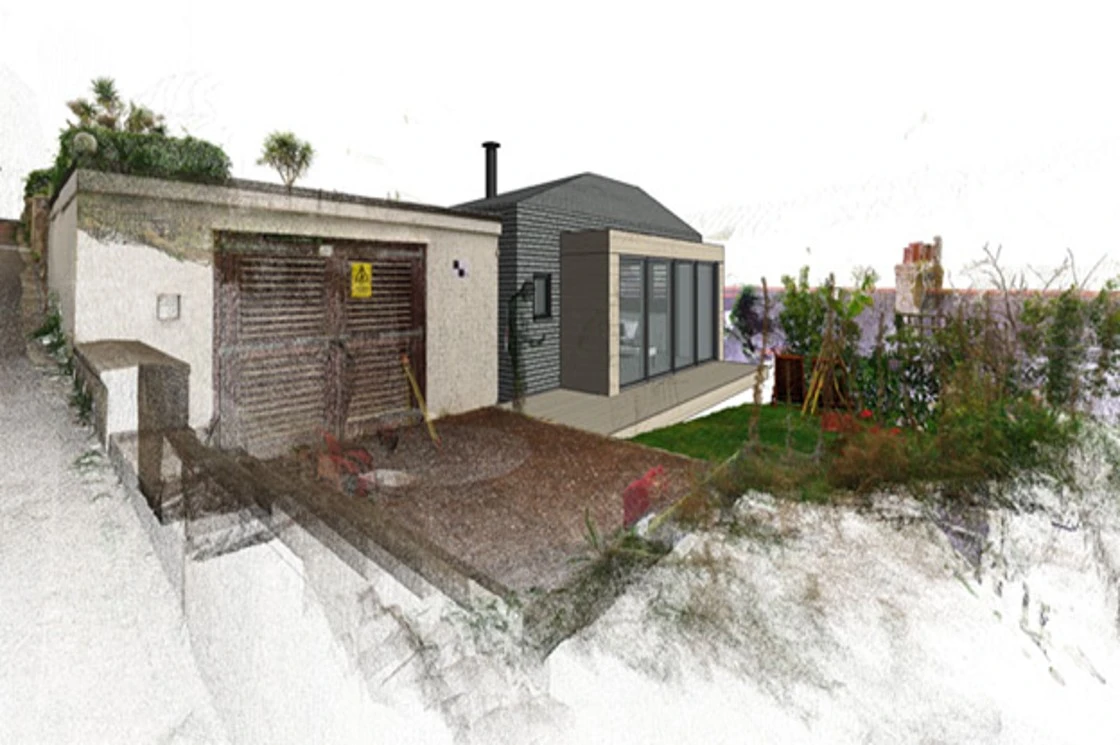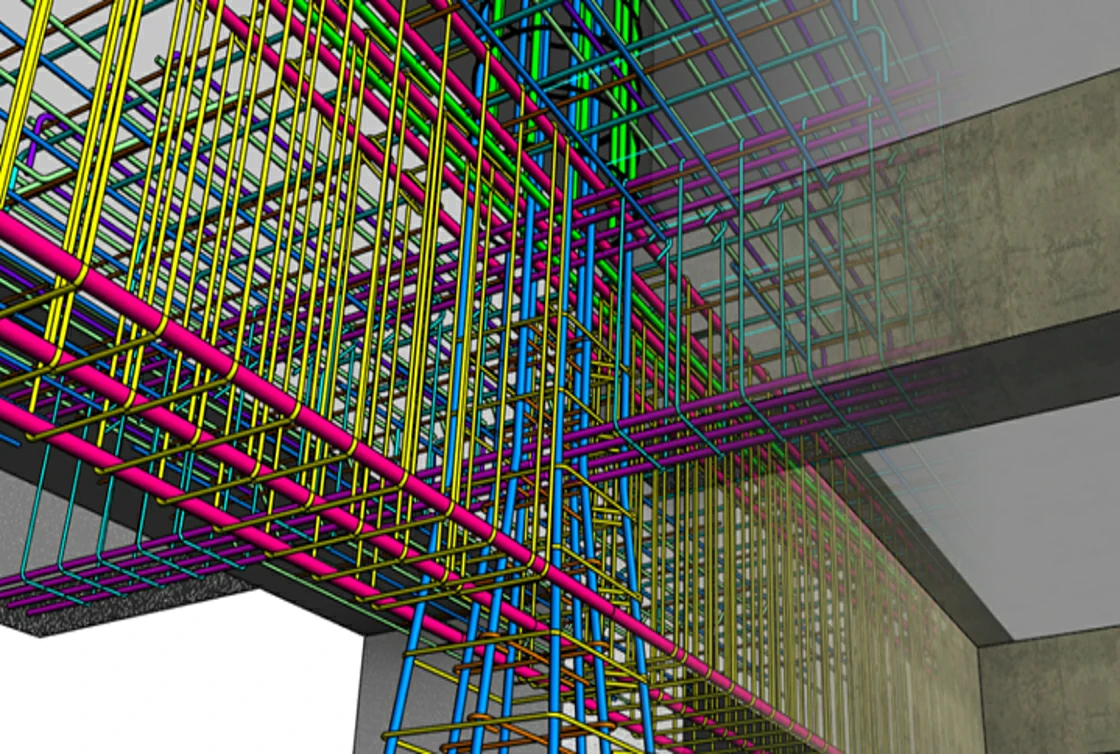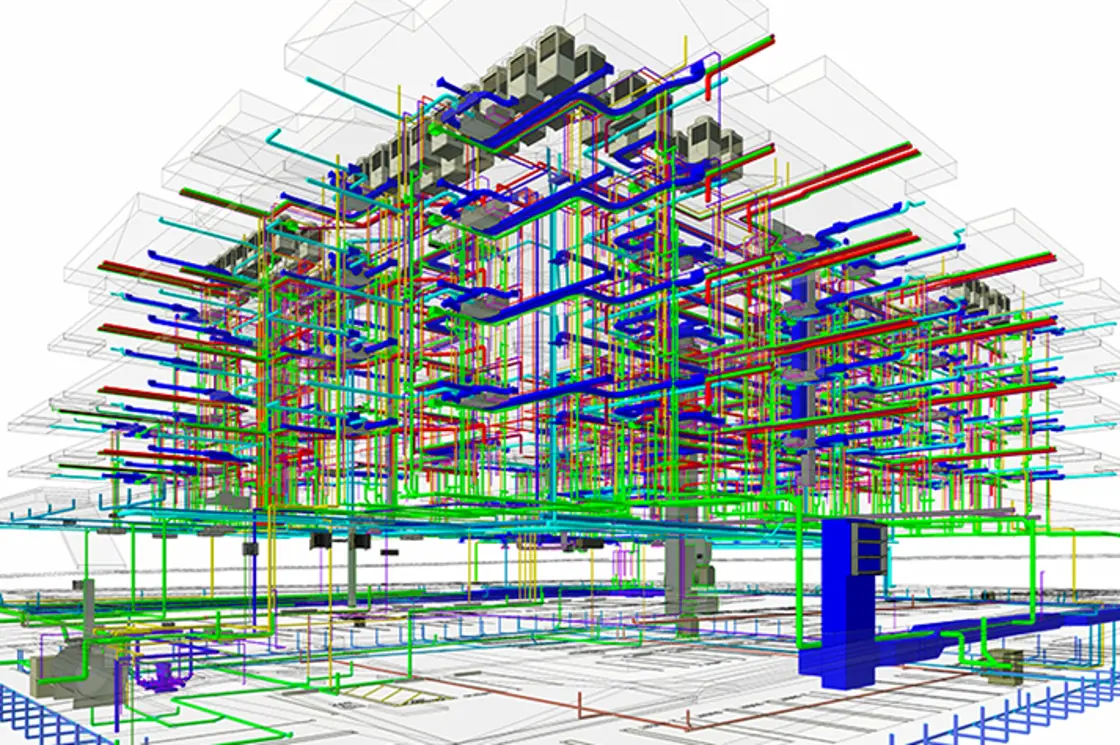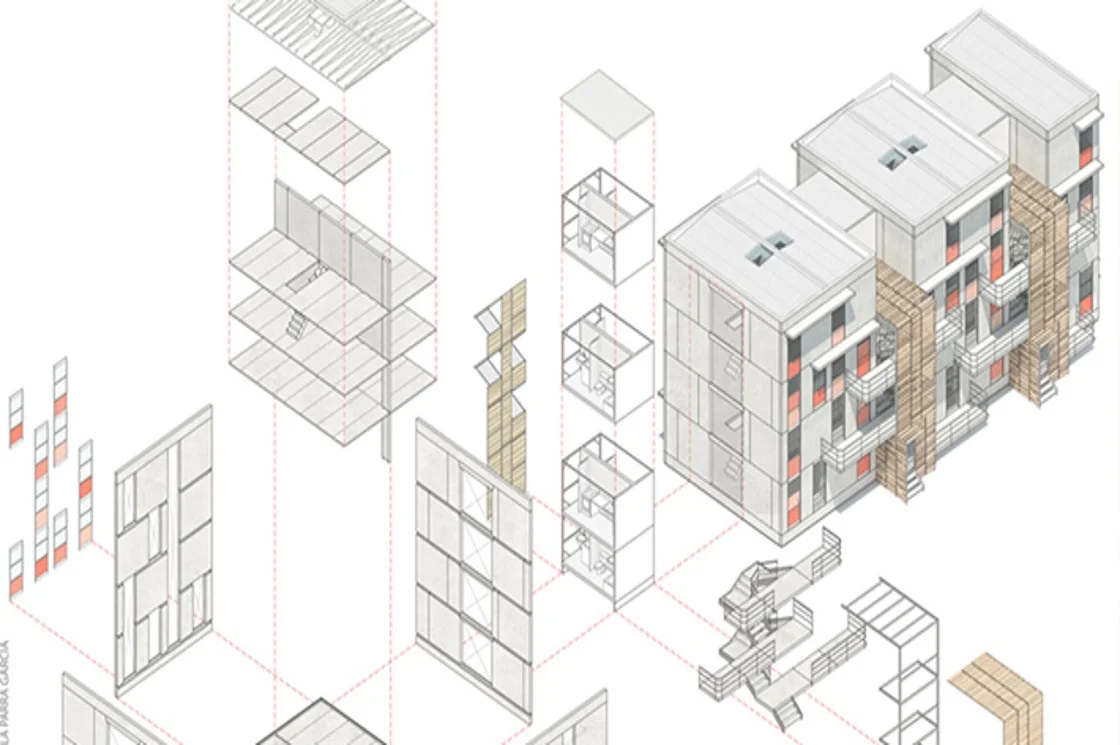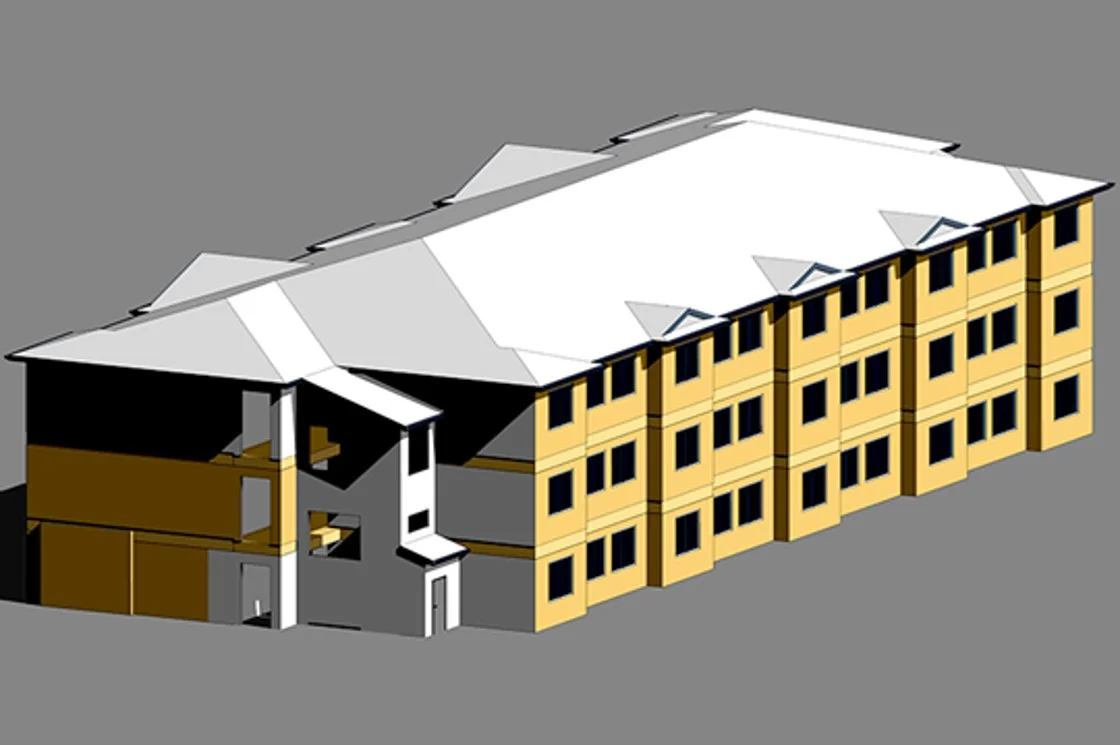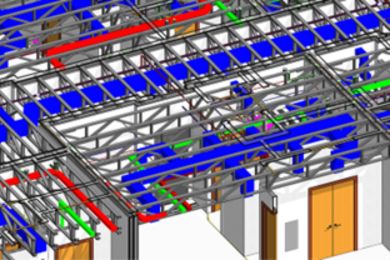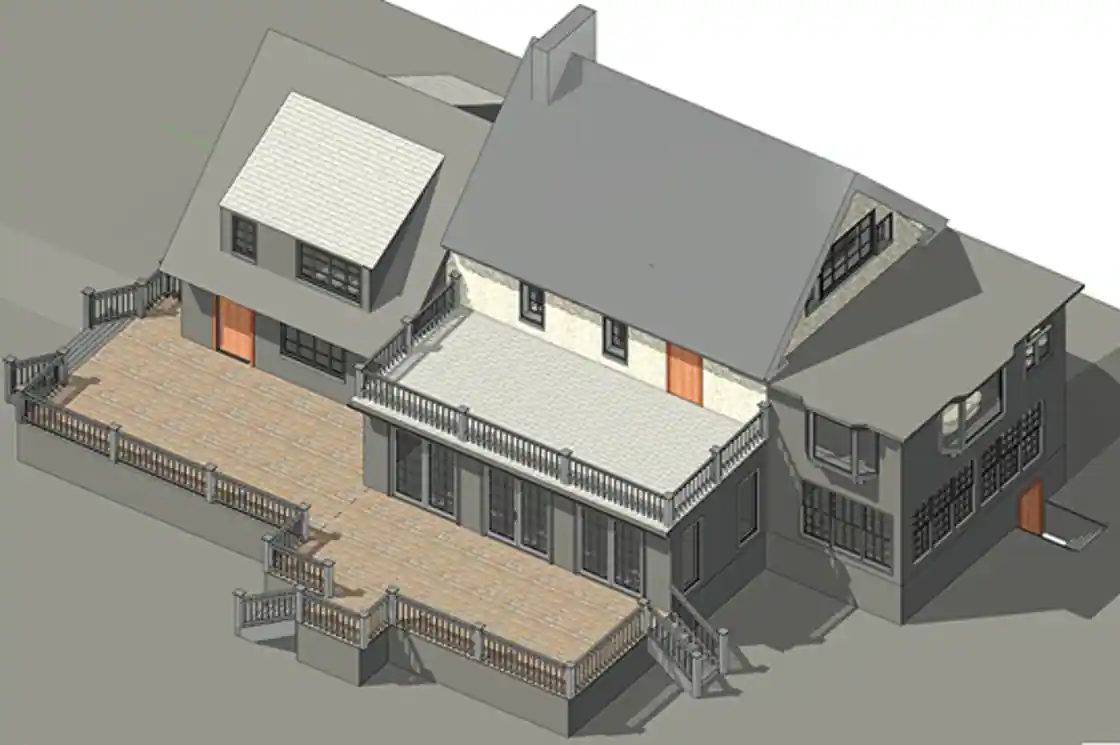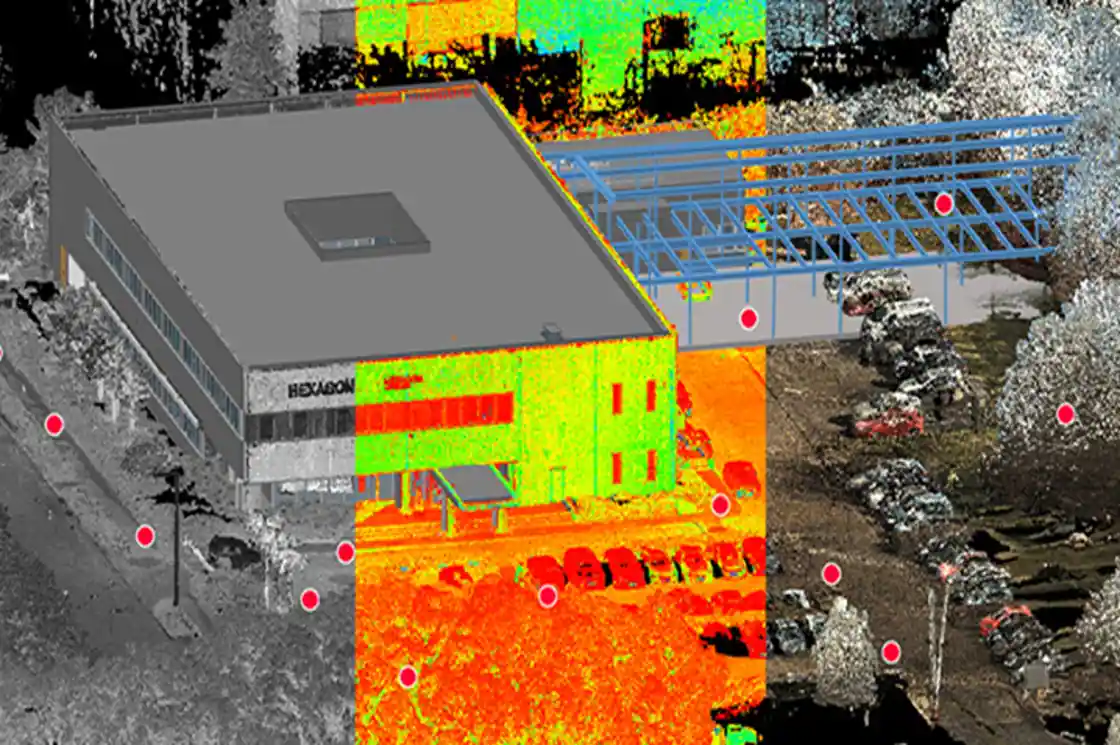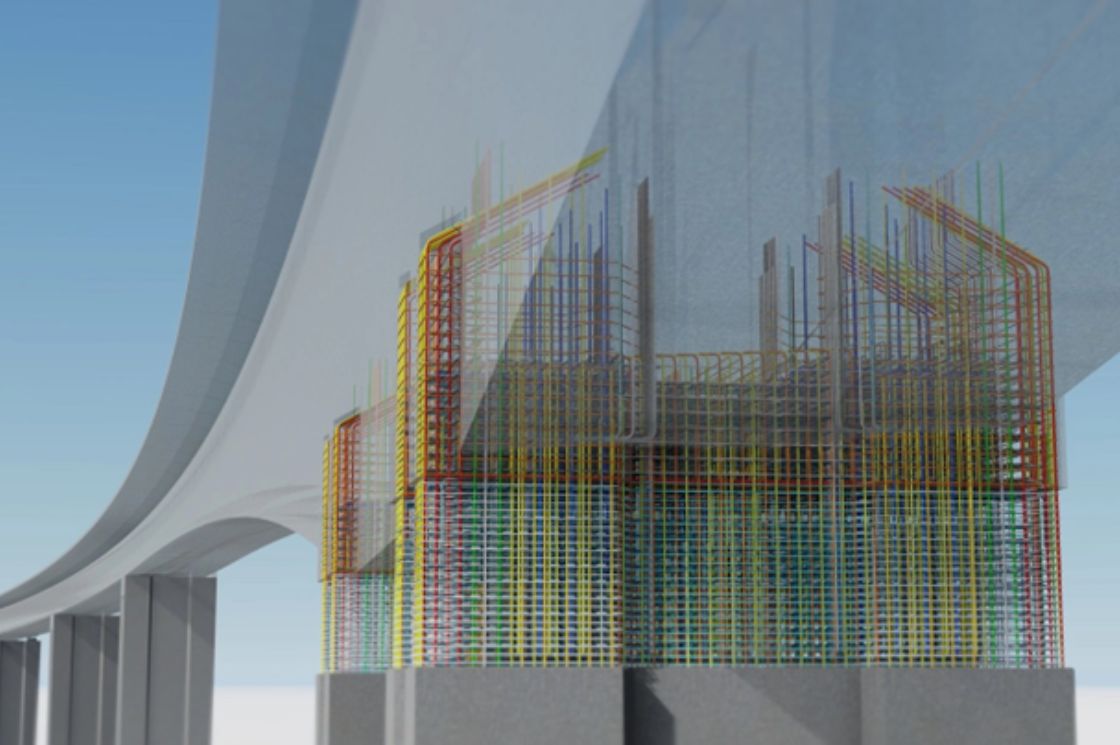Empowering Workforce: The Value of Investing in BIM for Future Growth
In present digital world, the AEC landscape advocates for change. Professionals are now adopting powerful tools for each construction stage. From conceptualization to BIM Construction Documentation, stakeholders are embracing technology more than ever.
Innovation-linked trends and workflows are currently leading several industries. In the construction sector, themes like BIM are staying ahead as more of a ‘necessity’ than an option. About 70% of CEOs from the building product industry are investing in innovation for a competitive edge.
Do I need to train my workforce in BIM? Let’s face the truth!
Why is BIM Future-Proof?

BIM is a workflow rather than a technology. It supports a wide range of services, from the generation of Shop and Spool Drawings to performing clash detection. The opportunities for enhanced processes, efficiency, and quality benefit those who adopt them. And in the current scenario, it’s more of a threat to those refusing to switch.
Let’s unveil why BIM is shaping the AEC’s future
The Pursuit of Sustainability
The built environment contributes 39% to gross annual carbon emissions. An increasing demand for net-zero emissions is driving AEC professionals to retrofit workflows.
This is where BIM technology comes into the picture. The simulations help with the analysis of newer proposals. And BIM construction documentation for existing structures drives emission reductions. Predictive maintenance, waste management, and energy usage calculations keep track of the carbon footprint.
For example, an HVAC system analysis and building facade efficiency tools help test performance. The results drive design decisions that foster lower energy consumption and costs.
Plan and Manage Better with 4D and 5D Simulations
Timeline and budget are among the most critical concerns for an AEC project. BIM simulations allow stakeholders to review progress with 4D BIM construction management. At the same time, 5D construction estimation enables real-time cost tracking. It facilitates better budget management.
Embracing Coordination and Collaboration
BIM Coordination Services tackle the challenge of keeping stakeholders on the same page. With new-age complex designs, seamless collaboration drives the project towards success. BIM facilitates coordination, clash detection, and collaboration. Centralized and real-time information sharing minimizes misinformation.
Digital Twin Technology

A digital twin replicates the upcoming construction in the virtual world. By leveraging simulations and analysis, stakeholders can optimize the project’s performance. The global digital twin market is projected to grow by 60% by 2027, reaching $73.5 billion.
Enhanced Efficiency with Waste Reduction
Precise building schedules with BIM integration are enhancing efficiency. From accurate quantification of materials to coordination, stakeholders are working with exact numbers. Consequently, minimizing waste and maximizing efficiency.
The Value of the BIM Training Program for the Workforce
In traditional project workflows, both teams and clients often face significant communication and coordination challenges. However, implementing BIM Technology helps overcome these hurdles by:
Streamlined Collaboration
BIM is inherently collaborative whereas conventional workflows includes sharing information via constant loop of emails, meetings, and manual data exchanges often resulting in miscommunication and design clashes.
This is where BIM streamlines it all. With each team trained on BIM coordination services, there is a centralized source of information. Any update in the data or model reflects this for all, making collaboration smoother.
Faster Delivery with Accuracy

Imagine spending days on MEP coordination with overlapping 2D drawings only to find errors. Any typical workflow is time-consuming and tedious. On the other hand, BIM coordination services analyze, detect, and highlight clashes in clashes before the actual construction at site.
Thus, BIM is quicker and more efficient. Train your employees with BIM for enhanced productivity and informed decision-making. Holistic training teaches them to extract software’s full potential for faster turnarounds.
Quality Always in-Control
BIM training helps professionals to identify design issues. By addressing clashes in the pre-construction stages, they can dodge costly errors. Trained employees can help maintain quality control. The BIM approach reduces reworks with visualization and detailed Shop and spool drawings.
Precise Visualization
Not every client understands a 2D drawing. And in this tech-driven world, you mustn’t keep them from the 3D visuals of the design. BIM training helps employees generate detailed 3D models of the building.
From architecture to building services, the client can understand every detail. Precise visualization and Shop and Spool Drawings also foster design decisions before construction begins on site.
Better Job Satisfaction
On average, 27 out of 100 employees quit their jobs, especially during transformation. As industries digitize, employees don’t want to be left behind. Offer them better job satisfaction by training them in new-age tools.
Furthermore, the enhanced productivity and efficiency of BIM services strengthen employee retention.
Advice on choosing the most suitable BIM Training Program

What Does the Staff Need?
Before you enroll your employees in a training program, know what they need. Are they more interested in designing or BIM construction documentation?
Assess their BIM skills through tests, interviews, surveys, etc. Understand their strengths and weaknesses to develop a preferred program.
An evaluation will help you curate a tailored training program. Customized training sessions benefit every employee according to their needs and expectations. As a result, it saves your organization time and resources from irrelevant subjects.
Which is the Right Approach?
There’s no restricted style for BIM training. Instead, you can avail yourself of the flexibility to choose from online courses, workshops, or webinars. Assess the pros and cons of each training module to select the most convenient one.
Which Program to Pick?
Several service providers offer a training program. You must check the programs to find the best match for your staff and the organization’s demands. Ensure you measure the program’s effectiveness by assessing the trainer’s portfolio.
You can also let your staff take part in picking the training content and method.
Scaling BIM Technology for Efficient Solutions

The AEC industry is intrinsically associated with these advancements. By investing and upscaling your workforce with BIM training programs, you’re empowering the entire organization. Train them in BIM Coordination Services and other tools to innovate, deliver sustainability, and always stay at the top of the game.
Let your workforce reap the benefits of new-age digital solutions. At AEODC Inc. our experts constantly upskill with advancing technology to serve you with solutions tailored to your complex needs.
Common Queries
Why is BIM future-proof?
It supports sustainability, smart planning, and digital collaboration.
How does BIM training improve job satisfaction?
It builds digital skills, reduces errors, and increases confidence.


